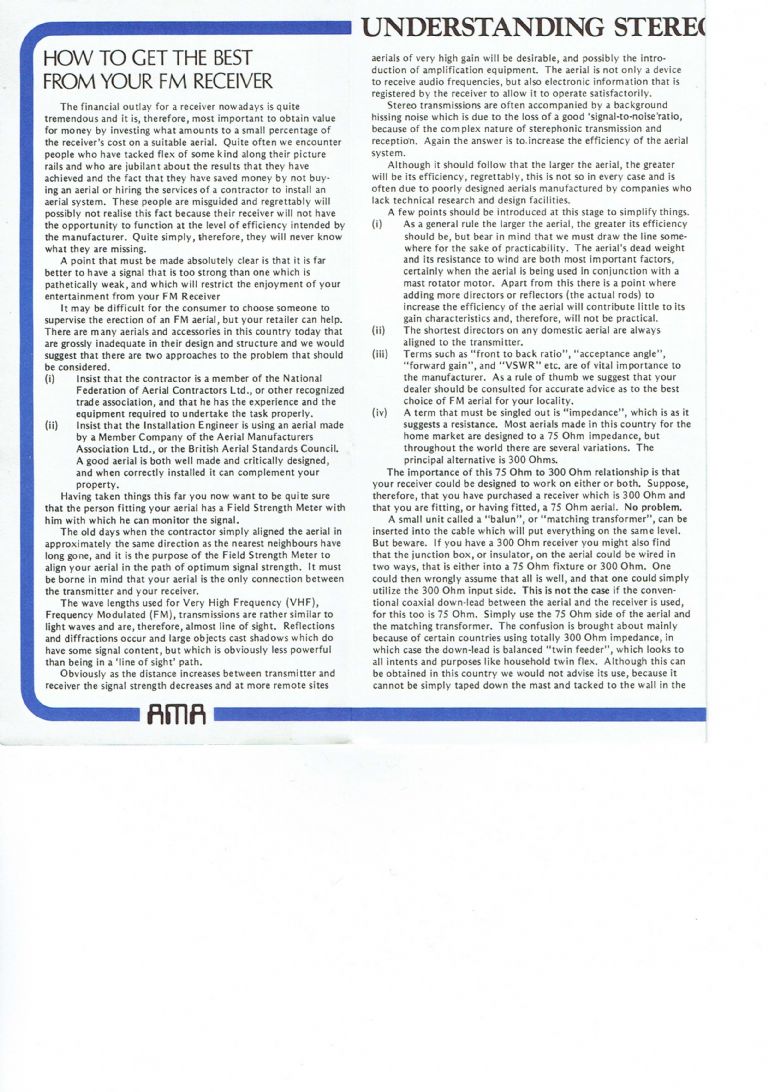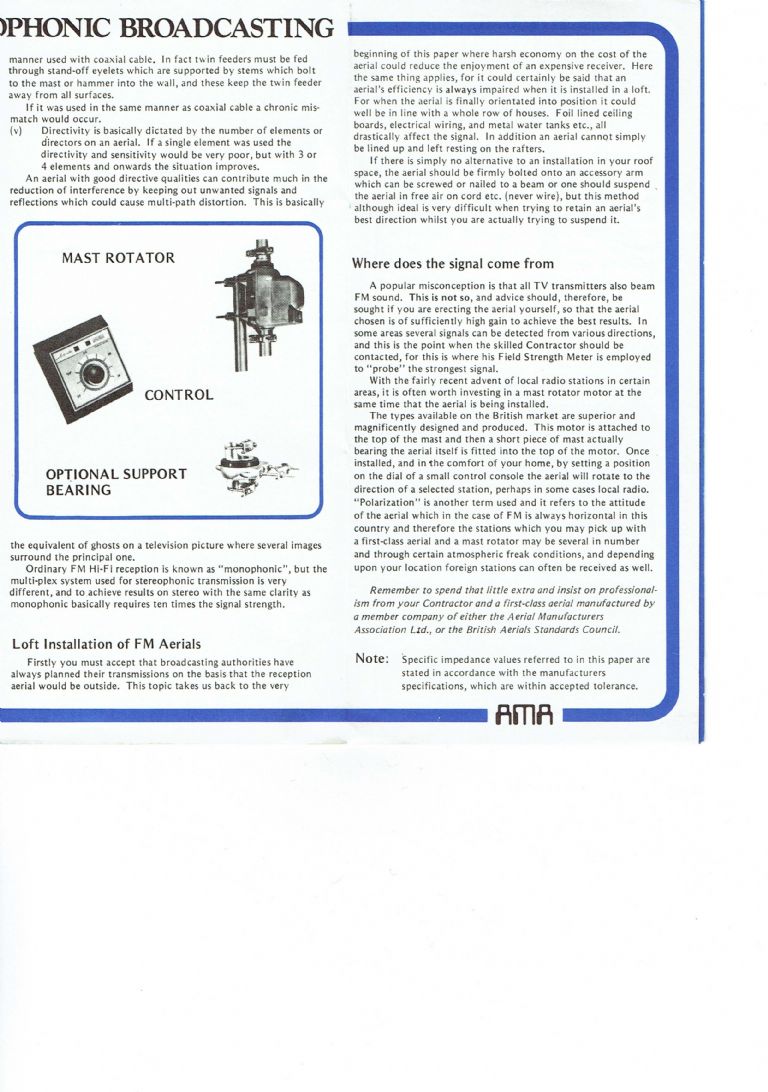Indoors is almost the worst place in the world for an antenna. And between transmitter and receiver there are multitude of effects that reduce or increase signal strength.
FM operates at frequencies used by early radar and is particularly effected by reflections. The signal bounces off hills, walls, cars, aircraft, people and maybe the ionosphere. Because the signal bounces, especially in built up areas and inside buildings, it's likely to arrive at the receiver over several paths each of different length. As the carrier wave at 100MHz is only 3 metres long, it's likely that signals at the receiver won't be in phase. Say the receiver picks up a direct signal and one bounced off the wall of the house next door:
- If the bounced signal is delayed by exactlyone wavelength, or multiples of one wavelength, the two signals will add together and the receiver will be delighted.
- If the bounced signal is delayed by half a wavelength, or multiples thereof, the two signals will subtract and null each other out entirely. Then the receiver has nothing to pick up because it's in a dead spot.
- If he bounced signal is delayed by any other proportion of a wavelength it will either add or subtract depending on far in or out of phase it is.
With an internal antenna, a receiver will pick signals coming over multiple different paths, and these can change depending on what causes the reflections. Some, like hills, don't change much. Others, like aircraft, change rapidly. So rapidly the signal flutters, which is how Watson-Watt demonstrated radar was worth developing. The signal a receiver gets depends on it's position in the house, what's inside the house, the geography between it and the transmitter, the weather, and anything nearby that's moving. It's a moveable feast.
Phase effects are most noticeable when the signal is marginal. If the direct signal is dominant, the other arrivals won't be strong enough to null it out. Therefore the cure is an external antenna, ideally as high as possible, and directional.
DAB Radio is much less vulnerable to phase effects than FM. It's transmitted with a broadband carrier, i.e over a wide range of wavelengths, that don't add or subtract as catastrophically as an FM signal does, and at a higher frequency that's less worried by the weather. Plus, the carrier is digitally modulated with error correction, which helps the receiver deal with phase distortions. But DAB isn't magic: if the signal is too weak, it won't work either,
Dave
Nigel Graham 2.






